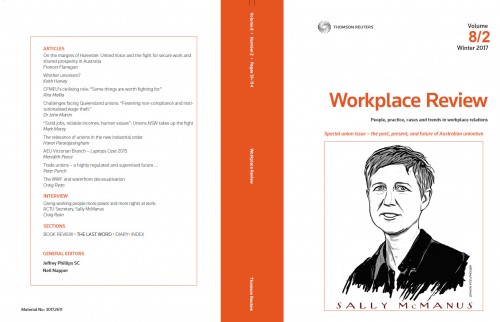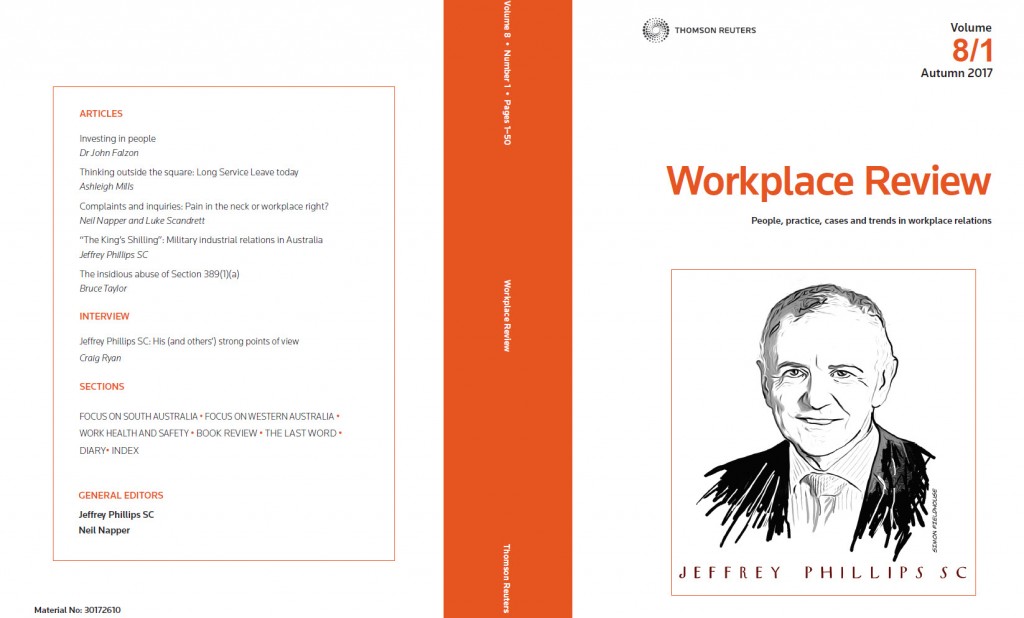Labour Pools Hand Control to Unions: Lawyers
From the Australian Financial Review – David Marin-Guzman 4th April 2024
Legal experts warn that novel arrangements where employers can share their employees under multi-employer agreements could hand unions control of labour supply and should face scrutiny under competition rules.
Lawyers say the Australian Manufacturing Workers Union’s in-principle deal with nine air-conditioning manufacturers and installers, reached last week for more than 200 workers, should be considered as part of the government’s potential re-examination of competition law exemptions.
The deal for the first time creates a labour pool of the group’s permanent workforce that firms will be required to use when meeting short-term demand before engaging supplementary labour.
While employers are not blocked from hiring new workers, economists have said the agreement’s prioritisation of existing workers could create a barrier to entry for new hires and reduce job mobility.
Barrister Frank Parry, KC, who was recently appointed executive director of the free-market IR think tank the HR Nicholls Society, branded the group a “cartel” and said the deal’s fixed labour costs would flow on to prices.
“I think there should be a real debate about having competition laws apply in industrial relations because I think there will be a growth in non-competitive behaviour, particularly under this legislative scheme when it introduces things like multi-employer agreements,” he said.
“There should be an assessment made about whether these agreements are going to be non-competitive. If they are, it probably will be a serious matter for the competition rules to apply.”
Seyfarth Shaw partner Chris Gardner said that, on face value, pooled labour meant businesses could get quick access to short-term labour, but he questioned how it would be decided which pooled workers got the extra work.
“Lurking below is the spectre of unions controlling which employees have access to opportunities and when, with the employer left to the mercy of unions playing favourites,” he said.
“What a clever mechanism to facilitate union control of labour supply impacting multiple employers. Join a union to get a job seems the inevitable result.”
AMWU acting NSW secretary Brad Pidgeon dismissed the concerns as “fearmongering” and said pooled arrangements meant “the industry can retain skilled workers, which is more cost-effective and productive, and workers themselves have job security and continued recognition of service”.
“This is good for the industry as a whole, and employers will continue to be able to hire new workers directly,” he said.
“Big business fearmongering conveniently ignores that this is a win-win for workers and industry.”
The deal was made as the government’s competition taskforce released an issues paper on non-compete and non-poaching clauses on Thursday that asked whether it should reconsider competition law exemptions regarding agreements between firms that seek to suppress wages or harm workers.
The paper says job switching can result in higher wage gains for workers and improved productivity for firms as they attract the skills they need.
Quay Law competition lawyer Dave Poddar said multi-employer agreements were exempt from competition law as they involved employment conditions and were statutory instruments.
But he said the air-conditioning deal’s prioritisation of the group’s existing workforce was a “little inconsistent with the principles of independent companies having to bid for their labour”.
“You have to get workers from the pool rather than dipping into the sea,” he said.
“It doesn’t give future employees job opportunities.”
The question was “is it in the best interests of the individual?”.
“When the economy is tight people are prepared to do it. But an inhibition on being able to externally hire, you would think, is covered by normal principles of competition.”
Industrial relations barrister Jeffrey Phillips, SC, said he “did not see any problem” with pooled labour as the arrangement would ensure continuity of employment through downturns.
“It’s effectively a joint venture in terms of labour,” he said. “It’s a way to cut out labour hire because labour hire comes at great cost.”
However, he noted older workforce arrangements had allowed unions to control new hires, such as in the mining industry where a worker could only be hired if they were a union member.
In 1984, the Federal Court found the mining union unlawfully refused to let a coal mine’s potential new hire join the union on the basis his father wasn’t a member, resulting in the mine withdrawing its job offer.
Recently, in 2021, the Maritime Union of Australia secured recruitment quotas that required Hutchison Ports to source up to 70 per cent new wharfies from employees’ “families and friends” and a union list.
Jeffrey Phillips, SC
State Chambers


 Last year I wrote a few articles on the Law Council of Australia’s so-called Equitable Gender Briefing policy. Hear the issue discussed on the
Last year I wrote a few articles on the Law Council of Australia’s so-called Equitable Gender Briefing policy. Hear the issue discussed on the
